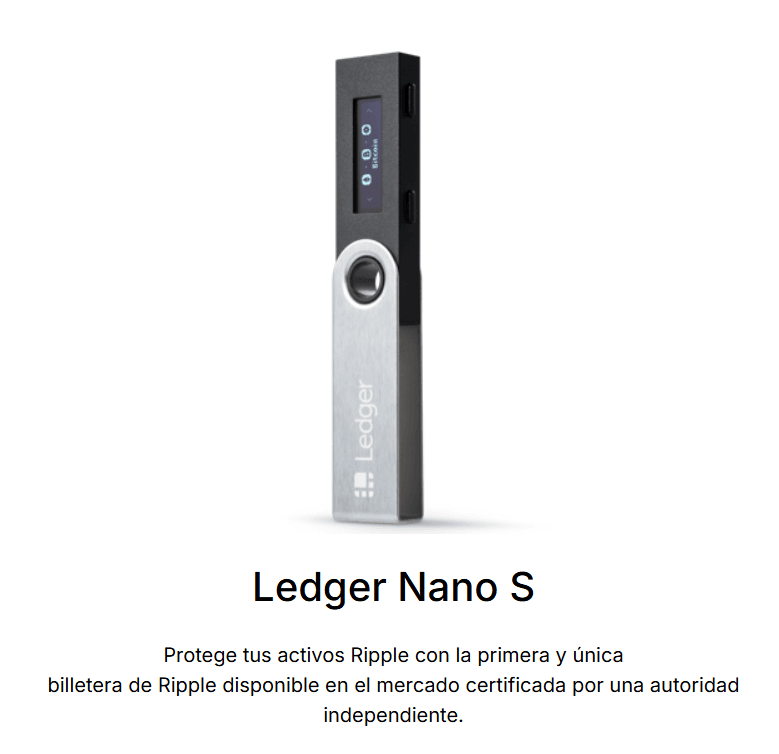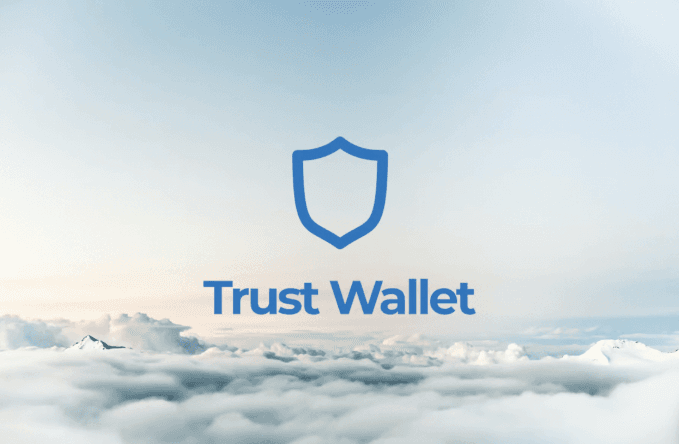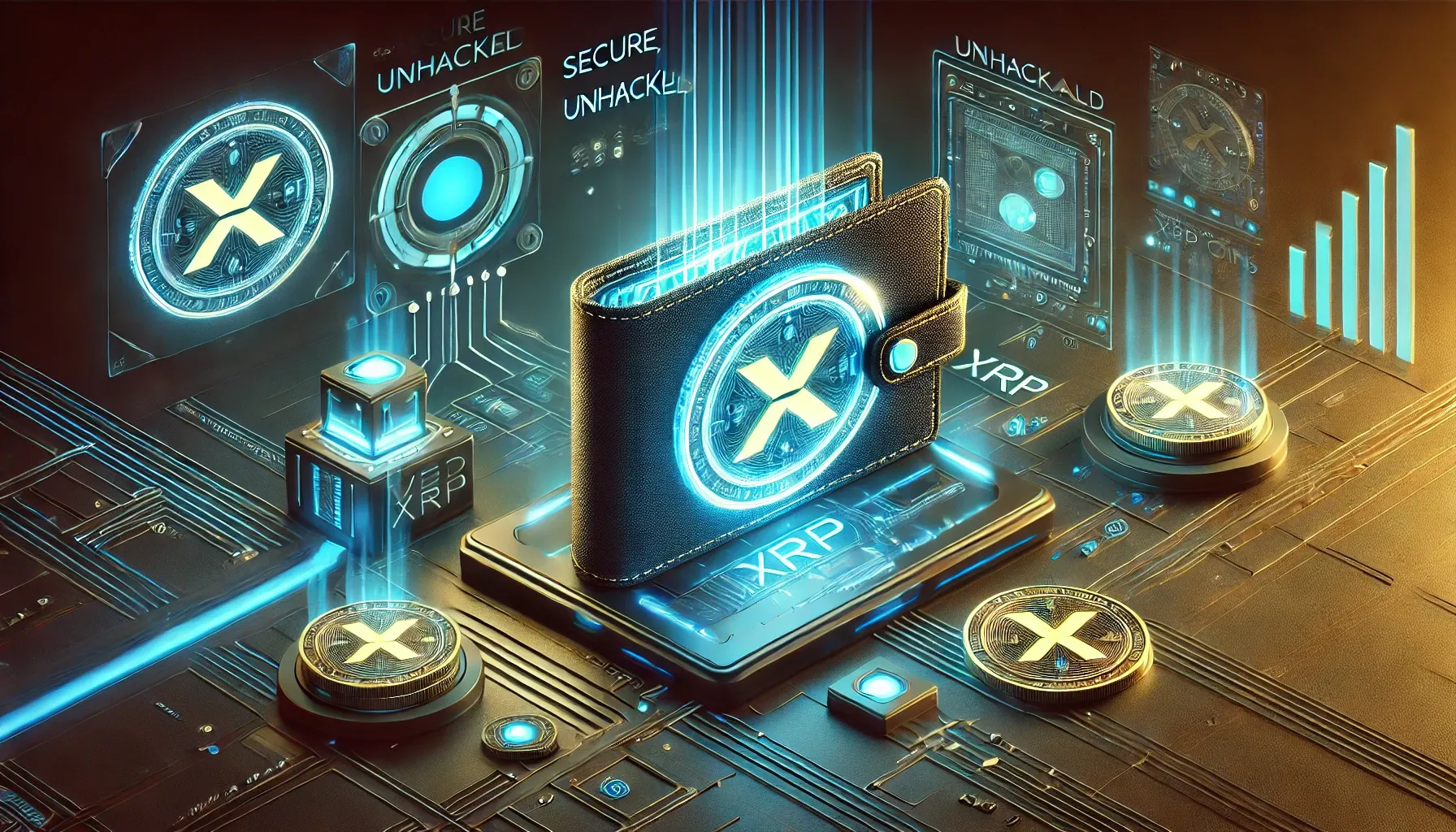Have you ever wondered how you can securely store your XRP? If you’re interested in the world of cryptocurrencies, you’ve likely heard about XRP, the cryptocurrency associated with Ripple. However, knowing how to properly store your XRP is crucial for keeping it safe. In this guide, we’ll break down everything you need to know about XRP wallets, how they work, and the best options for you.
Introduction to XRP
XRP is a cryptocurrency designed to facilitate fast and cost-effective transfers through the Ripple network. Unlike many other cryptocurrencies, XRP is primarily used in the financial sector for making payments and transferring money between institutions. As its popularity grows, so does the need to understand how to securely store this digital currency.
Why Is It Important to Choose the Right Wallet?
Storing cryptocurrencies may seem complicated, but choosing the right wallet is essential for protecting your assets. Storing XRP securely not only protects your investment but also allows you to access your funds when you need them.
Types of Wallets for XRP
There are several types of wallets to store XRP, each with its own advantages and disadvantages. Let's explore the most common options.
Hardware Wallets
Hardware wallets are physical devices that store your cryptocurrencies offline. This makes them one of the safest options for storing XRP.
Advantages:
- Highly secure against cyber attacks.
- Access to your cryptocurrencies without an internet connection.
Disadvantages:
- Can be expensive.
- Require an initial setup process.

Software Wallets
Software wallets are applications that you can install on your computer or mobile device. These wallets can be more convenient for quickly accessing your XRP.
Advantages:
- Easy to use and convenient.
- Quick access to your funds.
Disadvantages:
- More vulnerable to cyber attacks.
- Dependent on the security of the device on which they are installed.
Online Wallets
Online wallets are web-based services that allow you to store XRP. These are the most convenient for making quick transactions.
Advantages:
- Very convenient for fast transactions.
- Access from any device with an internet connection.
Disadvantages:
- Less secure than hardware or software wallets.
- Vulnerable to phishing attacks.

How to Choose the Best Wallet for XRP
Factors to Consider
When choosing a wallet for XRP, keep the following factors in mind:
1. Security: Ensure the wallet has good security measures, like two-factor authentication (2FA).
2. Ease of Use: The interface should be user-friendly, especially if you are a beginner.
3. Compatibility: Make sure the wallet is compatible with XRP.
4. Costs: Check for any transaction or maintenance fees.
Recommended XRP Wallets
- Ledger Nano S/X: One of the most popular hardware wallets, ideal for securely storing XRP.
- Exodus: An easy-to-use software wallet suitable for beginners.
- Toast Wallet: A free, open-source software wallet ideal for XRP users.
How to Set Up Your XRP Wallet
Steps to Set Up a Hardware Wallet
1. Purchase the device: Ensure you buy it from an authorized seller.
2. Install the software: Follow the instructions to install the accompanying software.
3. Set up a password: This is vital for protecting your funds.
4. Generate your XRP address: This is the code you will use to receive XRP.
Steps to Set Up a Software Wallet
1. Download the app: Look for the wallet in your device's app store.
2. Create an account: Follow the instructions to set up your account.
3. Configure security settings: Enable two-factor authentication if available.
4. Copy your XRP address: This is the address you will use to receive funds.
How to Store and Manage Your XRP
Security Tips
1. Keep your private keys safe: Never share your private keys with anyone.
2. Update your software: Ensure your wallet is always up to date to protect against vulnerabilities.
3. Make backups: Backup your wallet to avoid losing your funds in case of device failure.
How to Make Transactions
Making transactions with XRP is simple once you have your wallet set up. Just follow these steps:
1. Open your wallet.
2. Select the "Send" or "Receive" option.
3. Enter the recipient's wallet address.
4. Confirm the transaction.
What to Do in Case of Problems
Losing Access to Your Wallet
If you lose access to your wallet, the first step is to try to recover your account using the recovery phrase provided when you created it. If this doesn’t work, you may not be able to access your funds.
Compromised Security
If you believe your wallet has been compromised, immediately change your passwords and review your transactions. If you have cryptocurrencies in an online wallet, consider transferring them to a more secure wallet.
Conclusions
Storing XRP securely is essential for protecting your investment in cryptocurrencies. With so many wallet options available, it’s important to choose the one that best fits your needs and level of experience. By following this guide, you’ll be on the right track to managing your XRP securely and effectively.
Final Thoughts
Are you ready to store and manage your XRP securely? With the right information, you can navigate the world of cryptocurrencies with confidence. Keep learning and enjoy the exciting adventure of cryptocurrencies!
